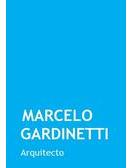El proyecto abarca una parcela de tierra en el centro de la ciudad, bordeada por montañas y antiguos barrios comunistas al norte, y asentamientos informales desde la década de 1990 al sur. El terreno tiene una pendiente muy pronunciada: la diferencia entre el punto más bajo y el más alto es de 27 metros, lo que equivale a un edificio de nueve pisos.
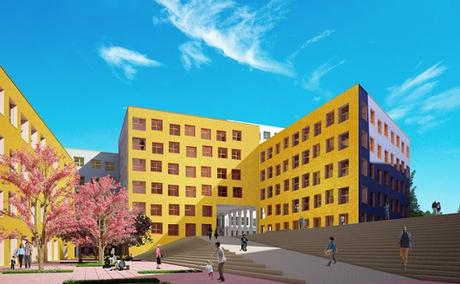
Inspirado por el encanto de los asentamientos informales, OMA propuso un patrón de bloques y patios en forma de tablero de ajedrez. El terreno inclinado permite que cada edificio mire sobre el otro, creando varias vistas sobre los alrededores. La configuración alcanza una alta densidad mientras que deja el 70% del sitio abierto para plazas públicas y espacios verdes. La urbanización está libre de coches y todos los aparcamientos son subterráneos. La calle principal que atraviesa la urbanización aglutina las actividades comerciales y, al mismo tiempo, conecta el futuro cinturón verde de Metrobosco y la nueva carretera de circunvalación proyectada por el municipio.
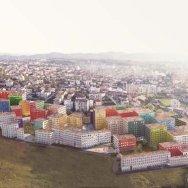
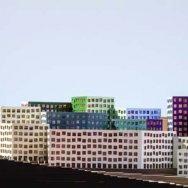
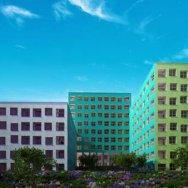
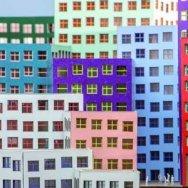
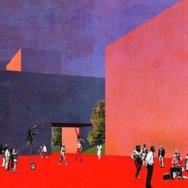
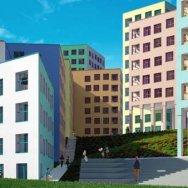
El patrón abstracto del tablero de ajedrez se convierte en un conjunto continuo de espacios habitables al elaborar los rincones tangentes en entidades arquitectónicas. Surgen tres tipologías: el “Straddle Core”, una circulación vertical compartida por dos edificios adyacentes, el “Straddle Apartment”, un apartamento que se extiende sobre dos edificios adyacentes, y el “Kissing Corner”, dos esquinas tangentes del edificio.
Las fachadas reinterpretan el uso de los colores de Tirana, reforzando la identidad de los bloques. Las aperturas están organizadas en un sistema que utiliza la estandarización para crear diversidad cambiando su posición y subdivisiones. Las cubiertas se tratan como una quinta fachada ya que la configuración escalonada de la urbanización las hace visibles desde los edificios superiores.
©OMA
Fotografías: ©OMA
Artículo relacionado: Monumentalidad, simplicidad y cortesía
TECNNE | Arquitectura y contextos
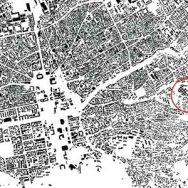
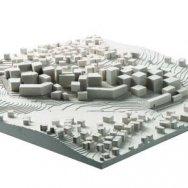

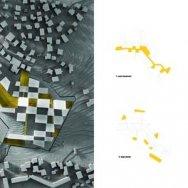

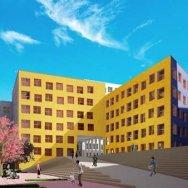
Mangalem 21, OMA
The project covers a plot of land in the middle of the city, bordered by mountains and former communist quarters to the north, and informal settlements from the 1990s to the south. The site has a very prominent slope: the difference between the lowest and the highest point is 27 meters, an equivalent of a nine-storey building.
Inspired by the charm of the informal settlements, OMA proposed a chequerboard-like pattern of blocks and courtyards. The sloped terrain allows for every building to look over the other, creating various views over the surroundings. The configuration reaches a high density while leaving 70% of the site open for public plazas and green spaces. The development is car-free and all parking is underground. The main street running through the development brings together commercial activities and at the same time connects the future Metrobosco green belt and the new ring road planned by the municipality.
The abstract chequerboard pattern turns into a continuous array of habitable spaces by elaborating the tangent corners into architectural entities. Three typologies emerge: the ‘Straddle Core’, a vertical circulation shared by two adjacent buildings, the ‘Straddle Apartment’, an apartment spanning over two adjacent buildings, and the ‘Kissing Corner’, two tangent building corners.
The façades reinterpret Tirana’s use of colours reinforcing the identity of the blocks. The openings are organized in a system that uses standardisation to create diversity by shifting their position and subdivisions. The roofs are treated as a fifth facade since the stepping configuration of the development makes them visible from the upper buildings.
©OMA
